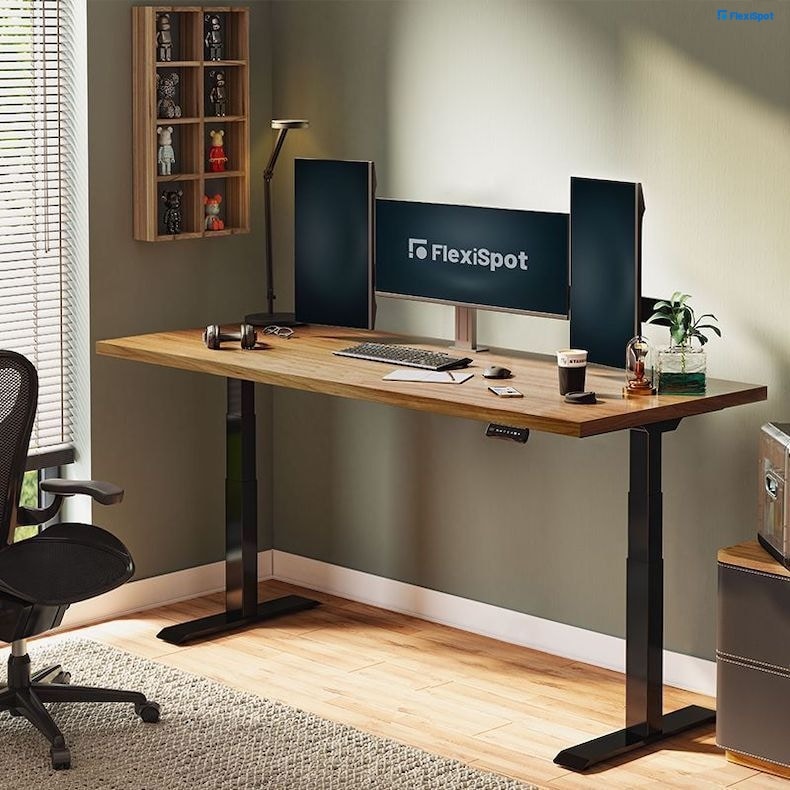Over the years, there has been a growing trend of women occupying leadership roles in the workplace. Women leaders bring a new perspective to the workplace and have been shown to be just as effective as male leaders. However, there are also some potential downsides to having female leaders in the workplace. In this article, we will explore the pros and cons of having female leaders in the workplace.

Pros of Having Female Leaders in the Workplace
Diversity of perspectives: Women bring a unique perspective to the workplace that can help promote diversity of thought and encourage innovation. Women leaders are more likely to be empathetic and collaborative, which can lead to a more inclusive and supportive work environment.
Improved communication: Women leaders tend to be more effective communicators, which can help foster better relationships among team members. Effective communication is critical to the success of any organization, and having a woman leader at the helm can improve communication and increase productivity.
Role model for women: Having a female leader in the workplace can serve as a role model for other women, encouraging them to pursue leadership positions and break through the glass ceiling. This can help promote gender equality in the workplace and create a more diverse and inclusive work environment.
Increased profitability: Studies have shown that companies with more women in leadership positions tend to be more profitable. This is because women tend to have better social skills, which can help build stronger relationships with customers and suppliers.
Better decision-making: Women tend to be more risk-averse than men, which can lead to more cautious decision-making. This can be a good thing in some situations, as it can help avoid costly mistakes and minimize risk.

Cons / Challenges of Having Female Leaders in the Workplace
Perception of weakness: Despite the many benefits of having female leaders in the workplace, some people may perceive them as weak or less competent than their male counterparts. This can be especially true in industries that are traditionally male-dominated, such as finance or technology.
Work-life balance: Women leaders are often expected to balance their careers with family responsibilities, which can be challenging. This can lead to burnout and a lack of work-life balance, which can be detrimental to their health and well-being.
Double standards: Women leaders may be subjected to double standards in the workplace, such as being judged more harshly for their appearance or being expected to conform to traditional gender roles. This can create an unfair and challenging work environment for women.
Gender bias: Despite progress in gender equality, there is still a significant amount of gender bias in the workplace. Women leaders may face discrimination and bias based on their gender, which can make it difficult for them to advance in their careers.
Lack of representation: While the number of women in leadership positions has increased in recent years, women are still underrepresented in many industries. This lack of representation can make it difficult for women to find mentors and sponsors, which can be essential for career advancement.
Imposter Syndrome
Imposter syndrome is a psychological phenomenon that can affect many women in leadership positions. Imposter syndrome is characterized by feelings of inadequacy or self-doubt, even when a person is highly accomplished. Women may feel like they don't belong in their leadership roles or that they aren't qualified to do the job. This can lead to feelings of anxiety or depression and can make it difficult for women to advance in their careers.
Unequal Pay
Another challenge facing women leaders is unequal pay. Women still earn less than men on average, and this pay gap is even more pronounced for women of color. This can make it difficult for women to achieve financial stability and can make it harder for them to invest in their careers. Unequal pay can also undermine women's confidence and make them feel undervalued.
Balancing Leadership Styles
Finally, women leaders often face the challenge of balancing their leadership style with societal expectations. Women may be expected to be nurturing and collaborative, but also assertive and decisive. This can be a difficult balancing act, and women may be criticized for being too aggressive or too soft, depending on the situation.
Empowering Leaders through Ergonomic Furniture
Invest in employees and leaders by giving them the best workspace they can have. Here is a must-have item on our list:

Pro Plus Standing Desk (E7)
BIFMA-certified, this product is extremely stable and has a reliable weight capacity of 355 pounds. Its leg columns are thicker than the usual while the column gap is scientifically designed to be 0.05 mm, ensuring a smooth lifting operation. The base structure is made of solid carbon steel, reaching an automotive-material grade. It is guaranteed durable, passing 20k motion tests. And plus, you are entitled to a 15-year warranty upon purchase.
Customers also love its sleek appearance with a laser-welding technique used for its frame. It features an aesthetically pleasing holeless leg design and uses a Nordson Enviro Coat powder spraying system that’s sustainable and eco-friendly. It is temperature-resistant and has an anti-wear coating which makes sure the color stays consistent for a long period of time.
Its adjustable height range is from 22.8” to 48.4”, providing a user-friendly experience for people that stand 4’2” to 6’4”.
It comes with an embedded cable tray that is conveniently hidden under the desktop. It makes use of a premium keypad with USB charging port, two programmable height presets, and a sit-stand reminder.
Final Word
In conclusion, having female leaders in the workplace can bring many benefits, including diversity of perspectives, improved communication, and increased profitability. However, there are also some potential downsides, such as the perception of weakness, work-life balance challenges, and gender bias. It is important for organizations to recognize the value of women in leadership positions and work to address the challenges they face. This can include creating policies and practices that support work-life balance, addressing gender bias in the workplace, and promoting diversity and inclusion at all levels of the organization. By doing so, organizations can create a more equitable and supportive work environment that benefits everyone.